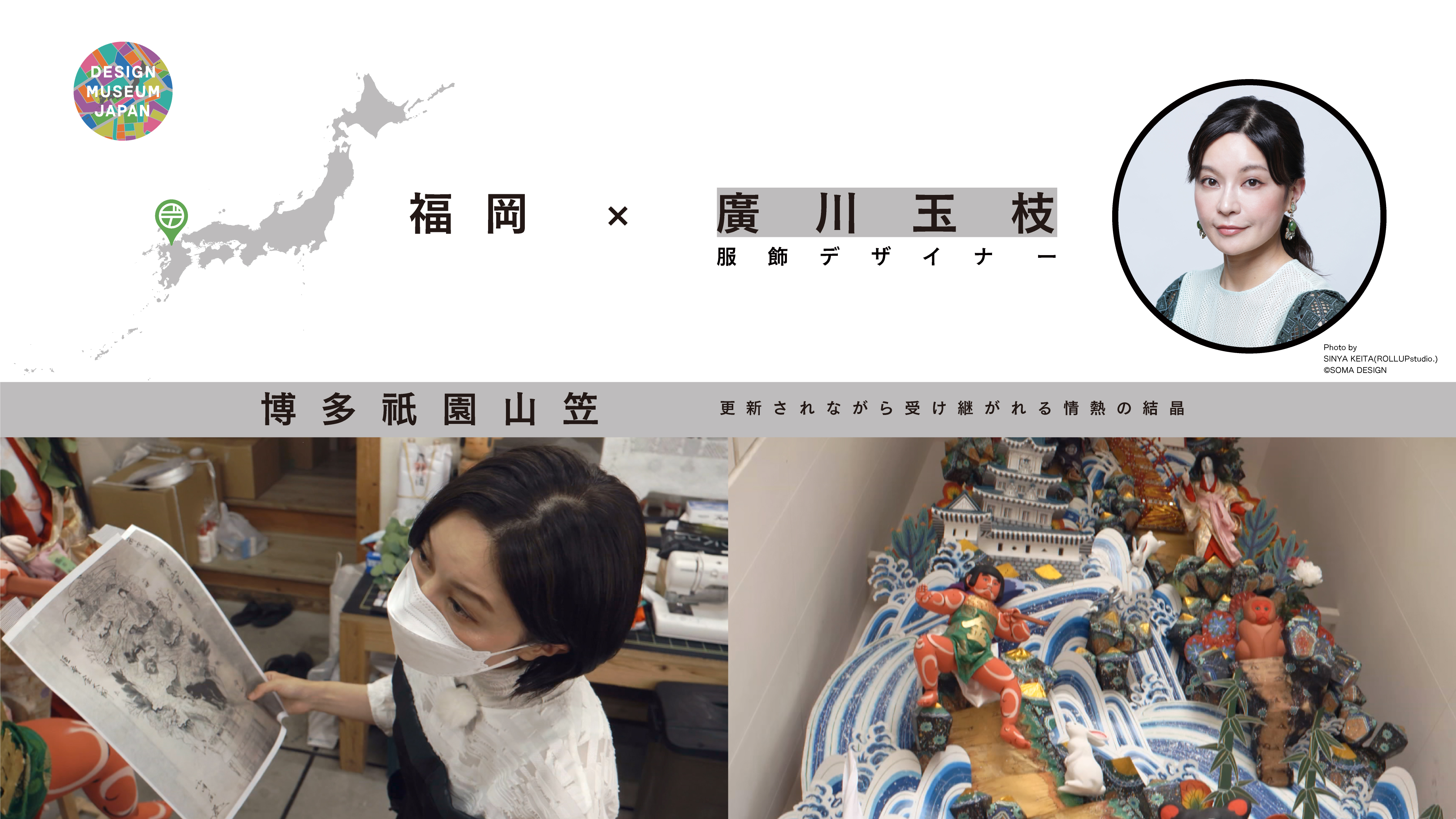Tsuyoshi Tane conducted his research at the Goshono Jōmon Museum, which is installed in the archaeological site of Goshono, in the city of Ichinohe, Iwate prefecture.
Excavations there commenced in 1989 and discovered the first-known Jōmon Period mud-roofed pit-houses in Japan. The remains of more than 800 pit-houses have been found so far.
Mud-roofed pit-houses have been reconstructed on an experimental basis at the Goshono Jōmon Museum and tested for such properties as fire resistance. Goshono was one of the 17 Jōmon Archaeological Sites in Northern Japan added to the UNESCO World Heritage list in July 2021.
Tsuyoshi Tane Architect
Jōmon Era Village Design

DESIGN TREASURE
The Design Found in 10,000-Year-Old Living Spaces

Settlements in the Goshono Ruins

Mud-Roofed Pit-Houses
CREATOR

Photo by Yoshiaki Tsutsui
Tsuyoshi Tane Architect
Born in Tokyo in 1979.
After establishing ATTA-Atelier Tsuyoshi Tane Architects in 2017, he has been based in Paris. He has formed the basis of his core architectural concept, “Archaeology of the Future,” on the idea that memories are embedded in a place. He is currently engaged in a wide range of projects concentrated in Europe and Japan. His major works include Hirosaki Museum of Contemporary Art (2020), Tane Garden House for Vitra Campus, and new main building of the Imperial Hotel in Tokyo, due for completion in 2036.

The Goshono Ruins photo: Tsuyoshi Tane
Jōmon village were places to build life.
Design was needed for that life.
Current design discussion generally refers to modern design from the 20th century. However Tane thinks that design can be found in the Jōmon period 10, 000 years ago, within the way of life of the first settlements, where people gathered and lived together.
As the shift was made from the nomadic lifestyle to fixed settlement, designs that gave concrete shape to the soil, fire and other resources were born. The Jōmon people designed based on a ring system. The structure of village society was a ring. For 800 years, others joined this ring and belonged the ring.

The Goshono Ruins, 2020 photo: Tsuyoshi Tane



Fixed settlement began from gathering around a fire.
This generated the notion of staying on the same parcel of land, and the awareness of place and time was born.
Their pit dwellings were designed around a hearth. Tane supposes that they dug holes to contain their fire, burned firewood in the hearth, and built walls to shelter from the wind. The pit dwellings were dug out of the ground. The dug soil was piled on the roof to create a living space that could withstand the harsh cold of winter and the heat of summer. Their earthenware was made by kneading and hardening the soil. They liked making patterns and placed their spirit in the soil in the form of anthropomorphic clay figurines. They used the soil, returned to the soil, and lived together with the soil. The Jōmon lifestyle reveals a design that gives form to things.

Earthenware vessels from latter part of the mid-Jomon Period (5,000〜4,200 years ago)



The everyday and the extraordinary, the beginning of the awareness of time, giving form to the spirit, these memories became design.
The settlement lifestyle has engendered a planned intention to continue to live on the same land, and has created a sense of place and time. This can be seen from the fact that the houses were arranged in a circle with the entrance facing the center. At the center, there was a ring of stones. This central ring was a place where the living paid their respects to and mourned the dead.
“People were born and raised on the land, became adults, grew old and died there. They acquired the wisdom they needed to live for many years on the same land, giving form to the spirit” remarked Tane.

Mogari (mortuary), a place where a deceased is laid for a while.

Inside the pit dwelling

Stone Circle

Stone Circle buried in snow
Where Can We See This Design Treasure?

Installation view: Iwate Prefecture, Ichinohe City by Tsuyoshi Tane, DESIGN MUSEUM JAPAN Exhibition at The National Art Center, Tokyo, Japan, 2022
Goshono Jomon Park
2 Goshono, Iwate, Ichinohe-cho, Ninohe-gun, Iwate 028-5316
Click here for more details.





























